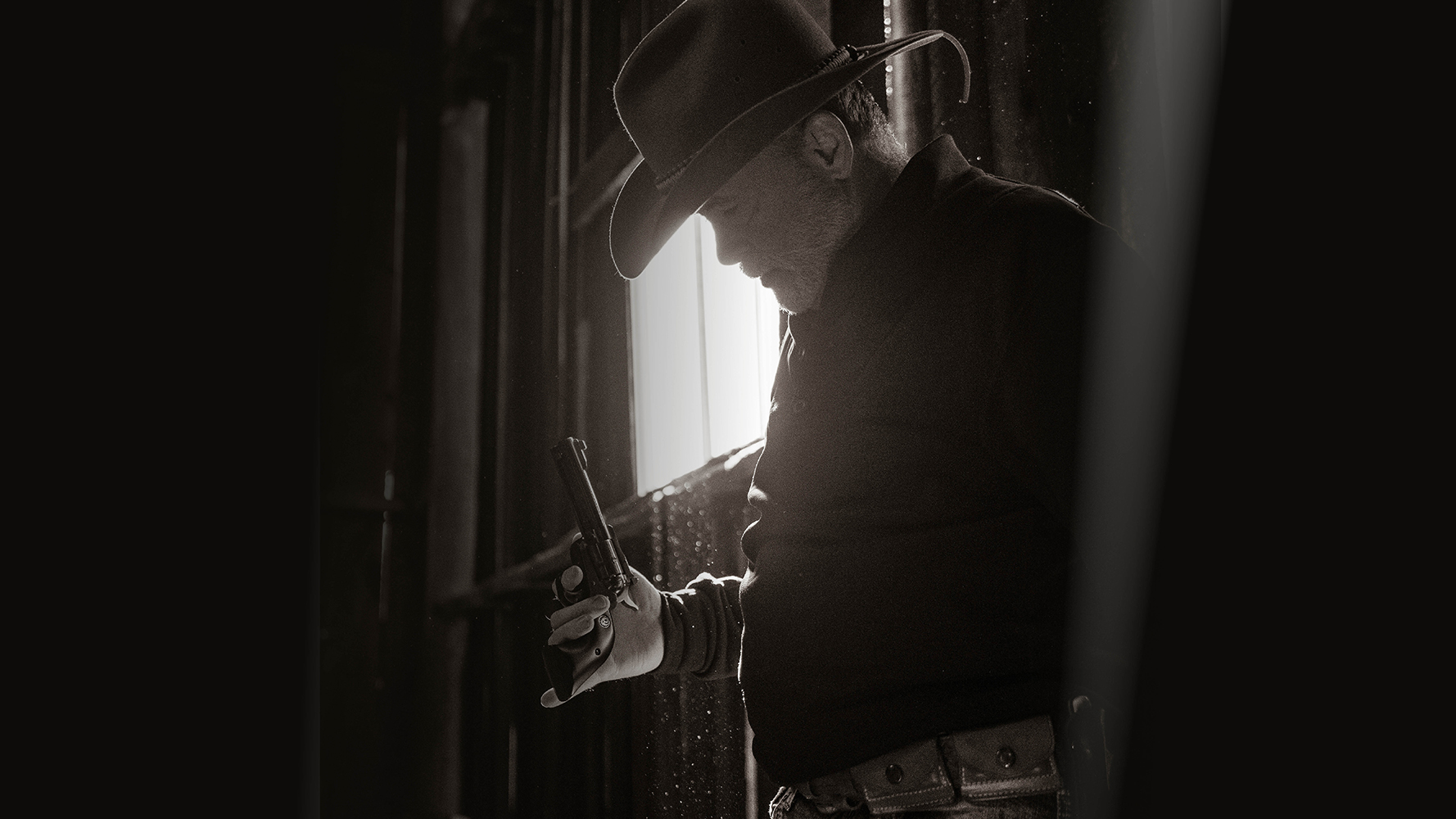If you were going to create one big game cartridge for the world how would you codify the creation? Well, how about this?
- The cartridge should be able to push a bullet fast and flat enough to limit trajectory as much as possible.
- The bullet should provide enough penetration to pass through the vitals of any animal we shoot, while expanding to increase tissue destruction.
- Ideal external and terminal ballistics should be provided without excessive recoil.
- The cartridge must fit in a repeating rifle, compact and light enough to carry all day, with a reasonable magazine capacity.
With that settled, let’s try to get a little more specific:
Trajectory (external ballistics)
An eight-inch kill zone is reasonable for most big game animals all over the world. The perfect big game cartridge should allow you to hold in the center of this kill zone out to around 300 yards and still get a hit, even in a moderate cross wind.
Penetration / Expansion (terminal ballistics)
Given reasonable shot angles, for a bullet to pass through the vitals of all but the largest and most dangerous game, it should be capable of penetrating 18 to 20 inches in 10% ordnance gelatin. To maximize tissue destruction the bullet should also expand between 1.5 and 2 times its original diameter.

Recoil
How hard a rifle kicks is subjective and somewhat dependent on rifle design. That said, most hunters – if they would tell the truth – find that a rifle/cartridge combination producing a free recoil energy of more than 20 pounds to be moderately uncomfortable to shoot.
Cartridge/Rifle Size
Long cartridges increase rifle length and weight. Fat cartridges diminish magazine capacity. Long and fat cartridges do both. And, some magnum cartridges need long barrels to really be magnums. What’s ideal? Eight pounds is a good target weight for a field ready rifle, seven or less is much better. You must shoot once and a coup de grace might be needed. You also might miss so you need at least three shots. And, since you never want an empty rifle, capacity should be four or more.

Is there a cartridge that fits these specifications or do we really have to build one from scratch?
The first that comes to mind is the boring .308 Winchester. It will work splendidly on whitetails – I’ve done that – and its sufficient for moose – I’ve done that too. It’s compact and allows for a properly sized rifle with an ample magazine capacity. With good bullets like the Hornady ELD-X, 20 inches of penetration with good expansion is easily obtained, even beyond 300 yards, where you can still hold dead on. And, even in a six-pound rifle it will generate less than 20 ft./lbs. of free recoil energy. You can also find 308 ammo almost anywhere and in a larger variety than with any other chambering.

The search, as they say, is over.
The .308 Winchester might just be the perfect, general-purpose cartridge/rifle combination. One of the greatest firearms experts and teachers conceived this combination 50 years ago. COL Jeff Cooper originated the scout rifle concept just for world-wide general purpose use and selected the .308 Winchester as the cartridge for it. You might opine the .308 not adequate for hunting all of North America and you have a right to your opinion. I do not share it; I’ve seen the .308 employed with sensational success in North America and Africa on animals large and small.

The .308 Winchester is boring, but it’s also boringly effective. Its not my favorite rifle cartridge but that does not stop me from using it most of the time.



